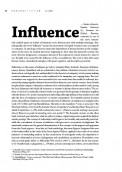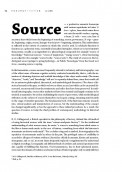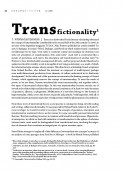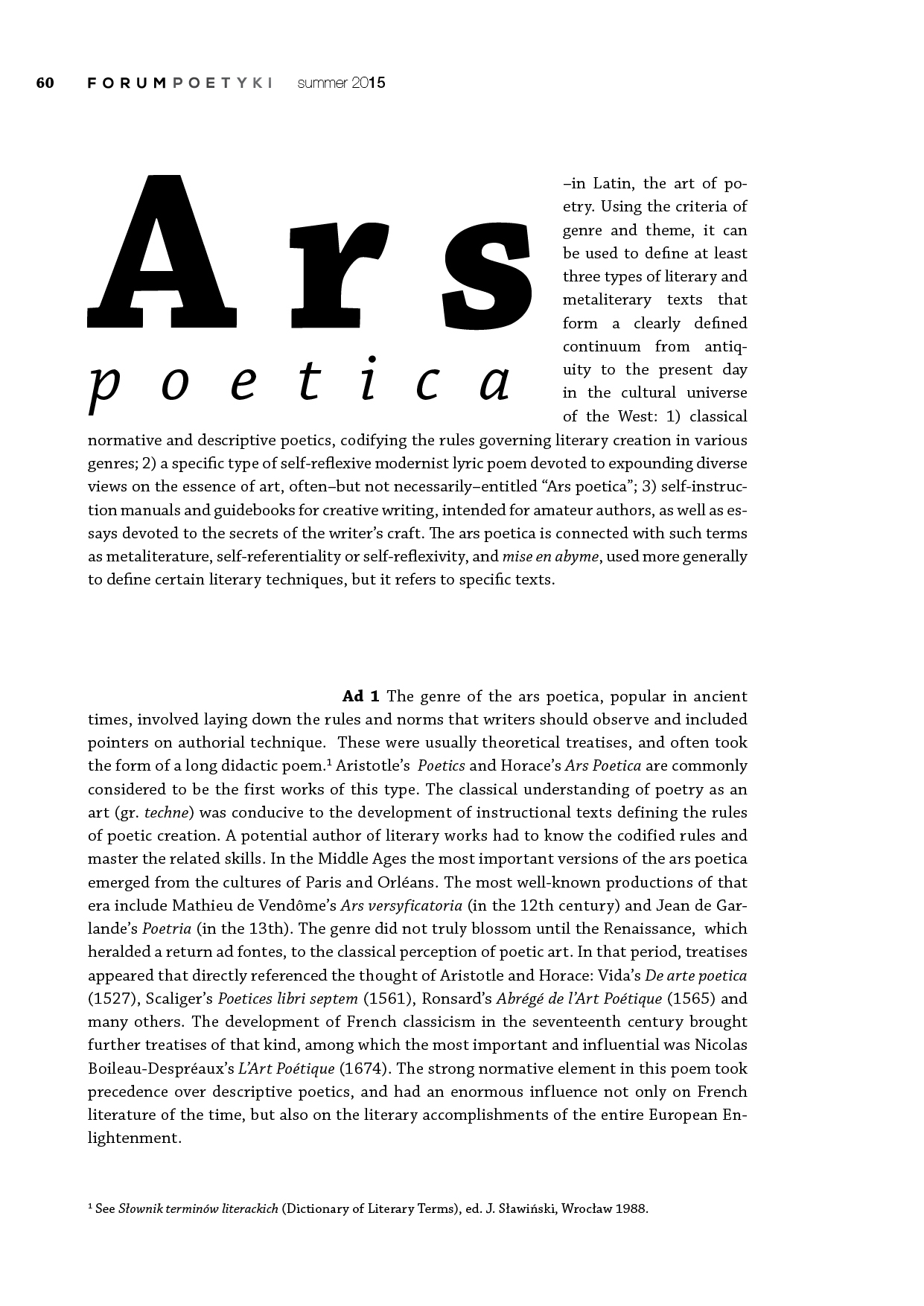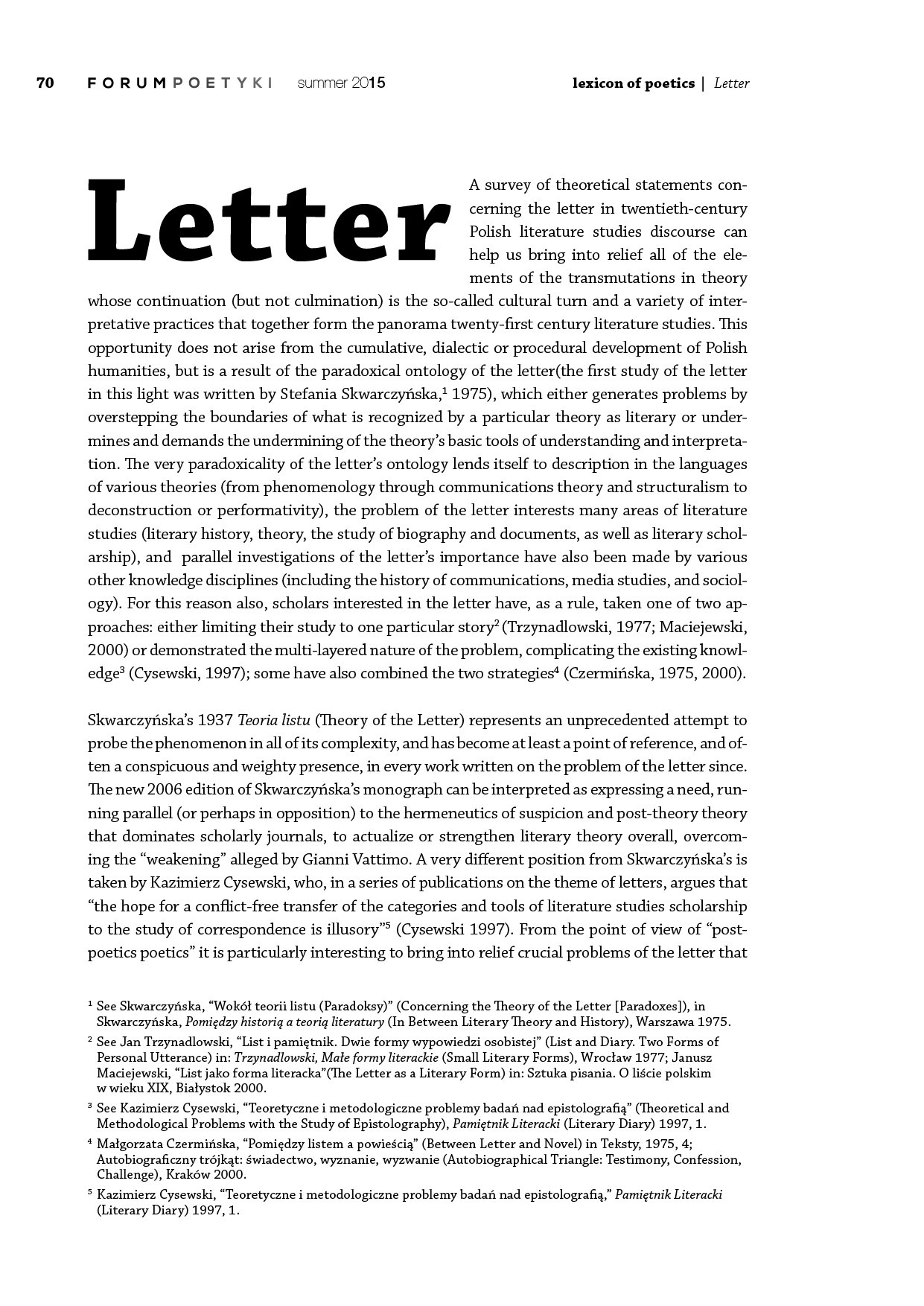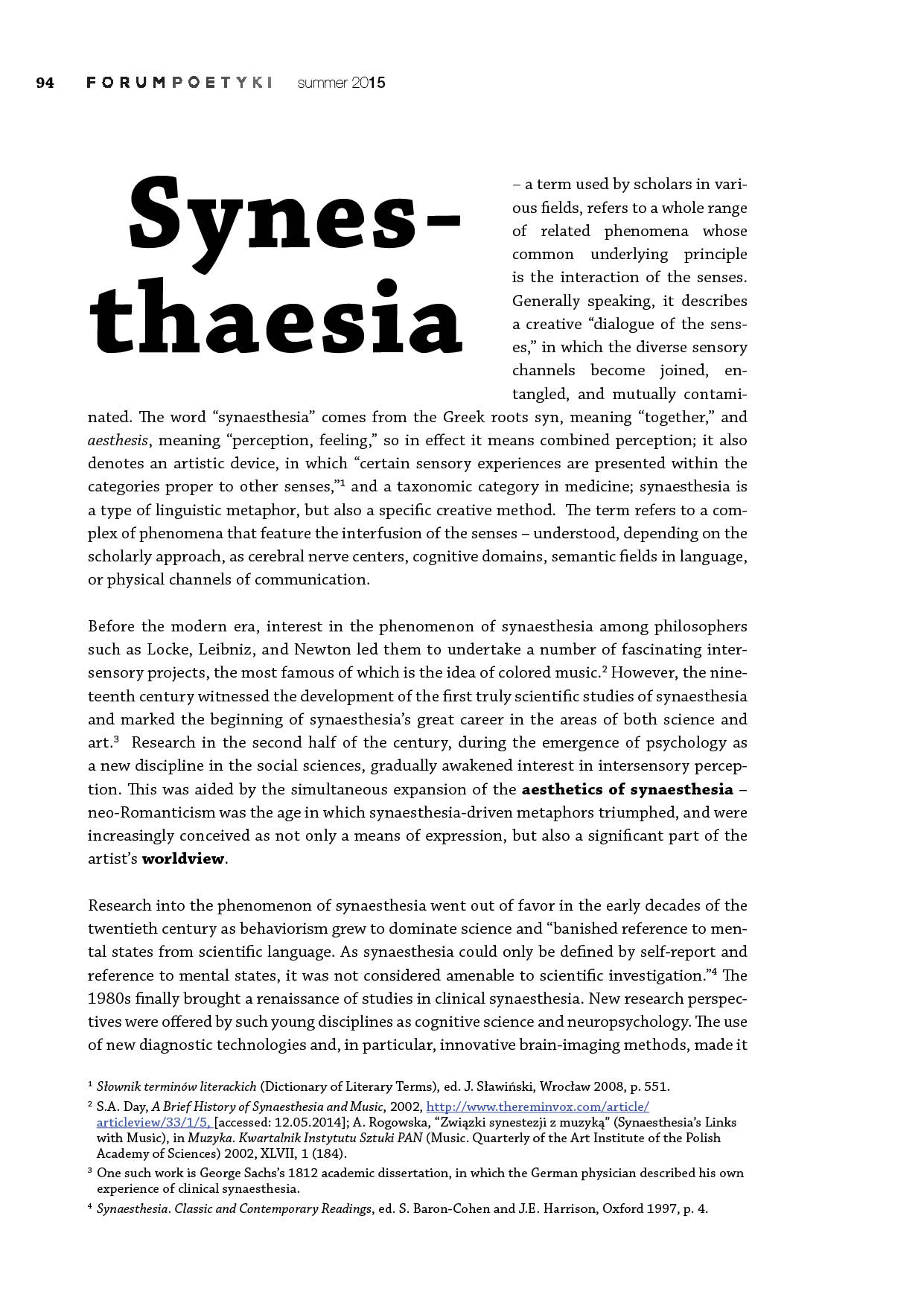Fan-Fiction
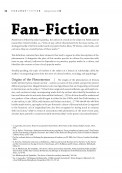
Fan fiction is defined by Lidia Gąsowska, the author of a book on the subject in Polish (and of many other related works), as a “form of pop culture disseminated via the mass media, consisting primarily of written works based on popular books, films, TV shows, comic books, and cartoons; they are created by fans of these works.”[1]
This definition contains three basic elements that tend to appear in other descriptions of the phenomenon. (...)








